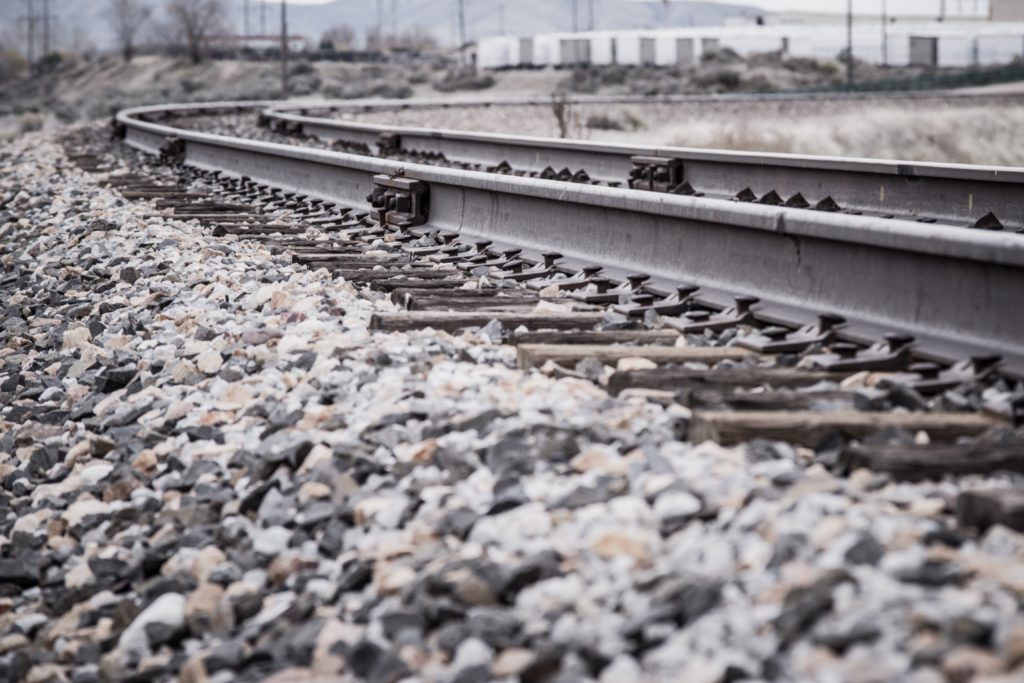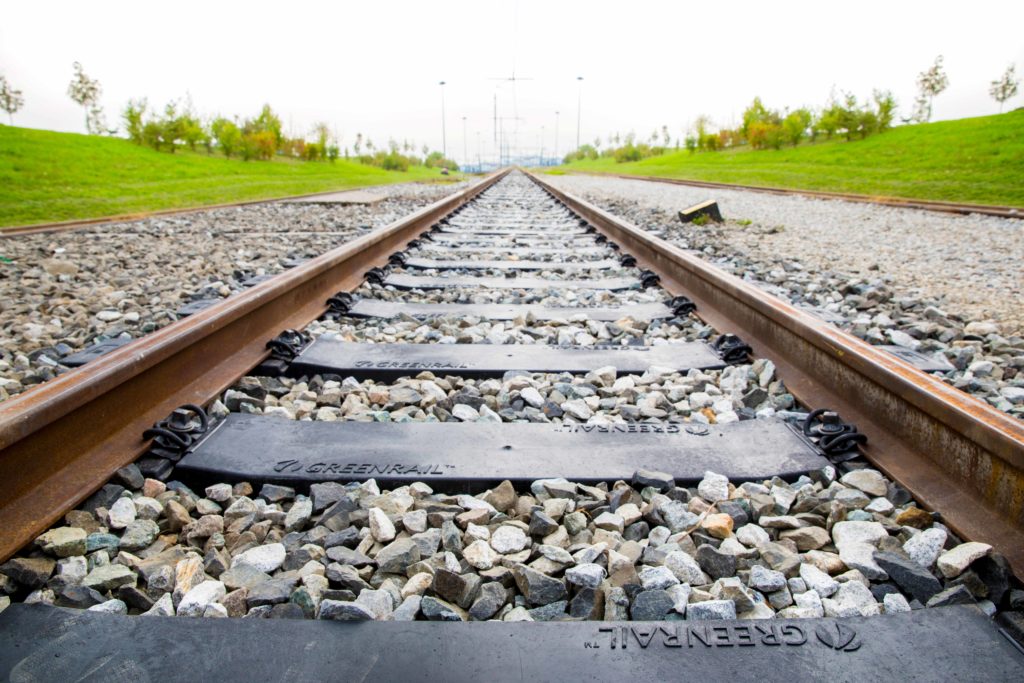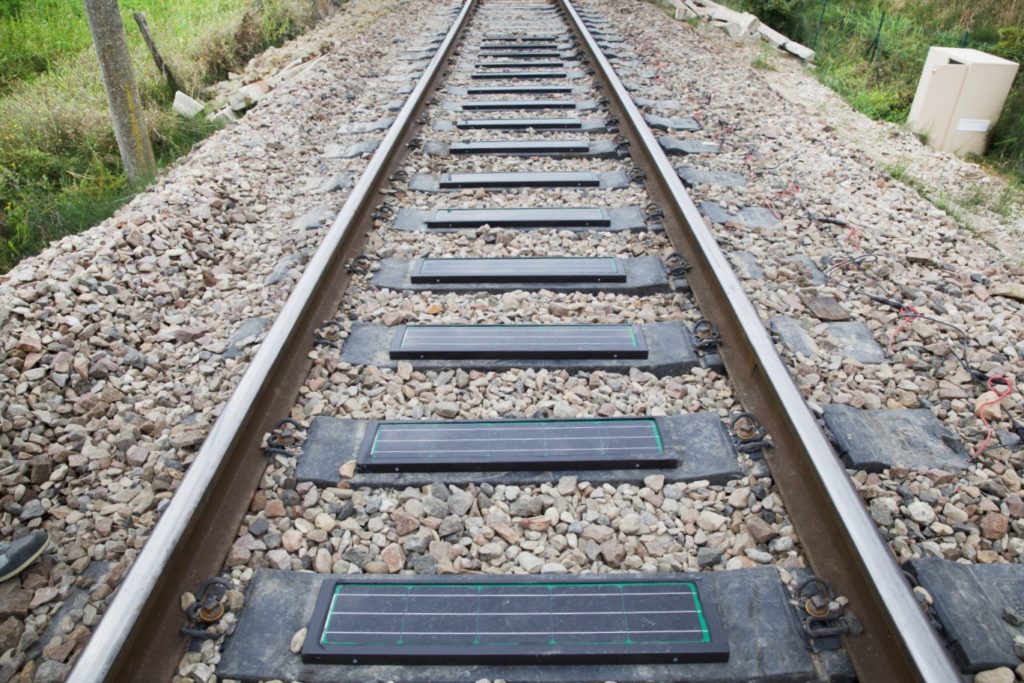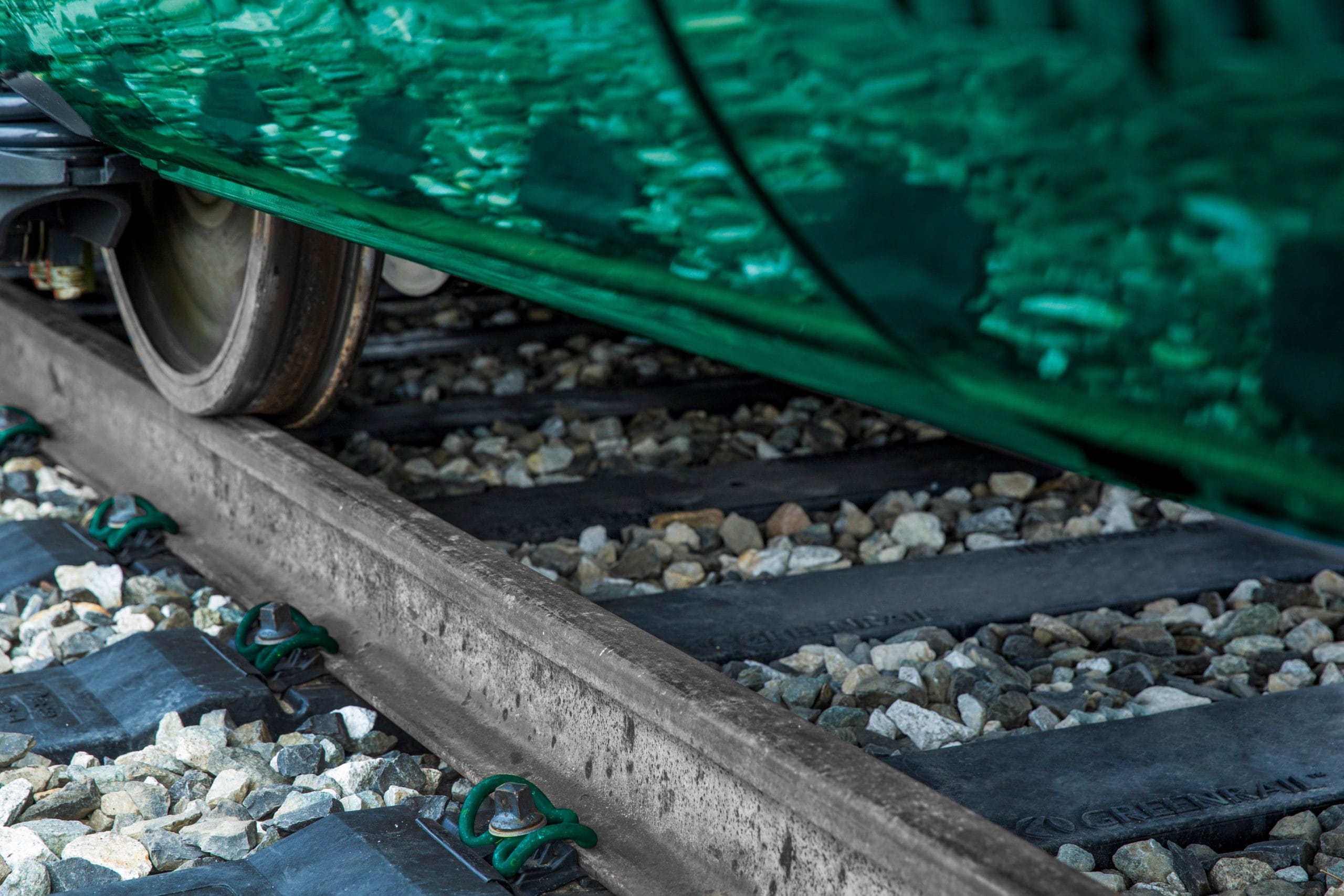The future of sustainable mobility in the rail sector
The railway sleepers, those structures that make up the train tracks, were initially built of wood and iron. Subsequently, from the beginning of the twentieth century the standard became the concrete. However, these structures need frequent maintenance and the costs are therefore high. Although the train is one of the most widely used means of transport, it is also a sector with little investment in technological innovation. It is, in fact, a predominantly passive mobility sector.

Greenrail‘s sustainable innovation
The Italian company Greenrail, founded by Giovanni De Lisi, has aimed, by now ten years ago, towards a change of route, in order to carry the railway field towards sustainability. Greenrail, in fact, has designed sleepers that allow you to achieve sustainableand above all active mobility. The innovation in the crossbars in question results in the creation, from rubber of old tires and recycled plastic, of an outer casing that acts as a cover to a concrete core. The materials chosen are much cheaper as the cost is much lower than the concrete sleepers. In addition, on an ecological level, a circular economy process is carried out in which materials are reused that would otherwise have had to be disposed of differently.
From a technical point of view, the characteristics of these sleepers allow a reduction in noise pollution, as the materials they are made of reduce vibrations and consequently mitigate loud noises due to the passage of trains. Lower vibrations also means less maintenance and therefore lower costs also in this respect.


The question of bringing the sector towards sustainable and active mobility lies in the possibility of integrating these sleepers with photovoltaic panels, able to store solar energy. The train tracks, in fact, are for the most part outside and, for this reason, exposed to the sun. One km built with Greenrail sleepers can reduce up to 40% of CO2 emissions, up to 30% of noise and up to 20% of energy consumption, compared to those built in concrete.
Since 2016 Greenrail has been incubated by the Politecnico di Milano, the fifth best research center in the railway sector in Europe. In addition, Greenrail was a founding member of the World Alliance for Efficient Solutions, a non-governmental organization that promotes green energy and sustainable technologies. This is a turning point, because after all, sustainable mobility must go hand in hand with technologically innovative infrastructures, and this must also take place in a deep-rooted and historic sector such as the rail industry.
https://www.youtube.com/watch?v=6G7JM74ogto&t=7s
